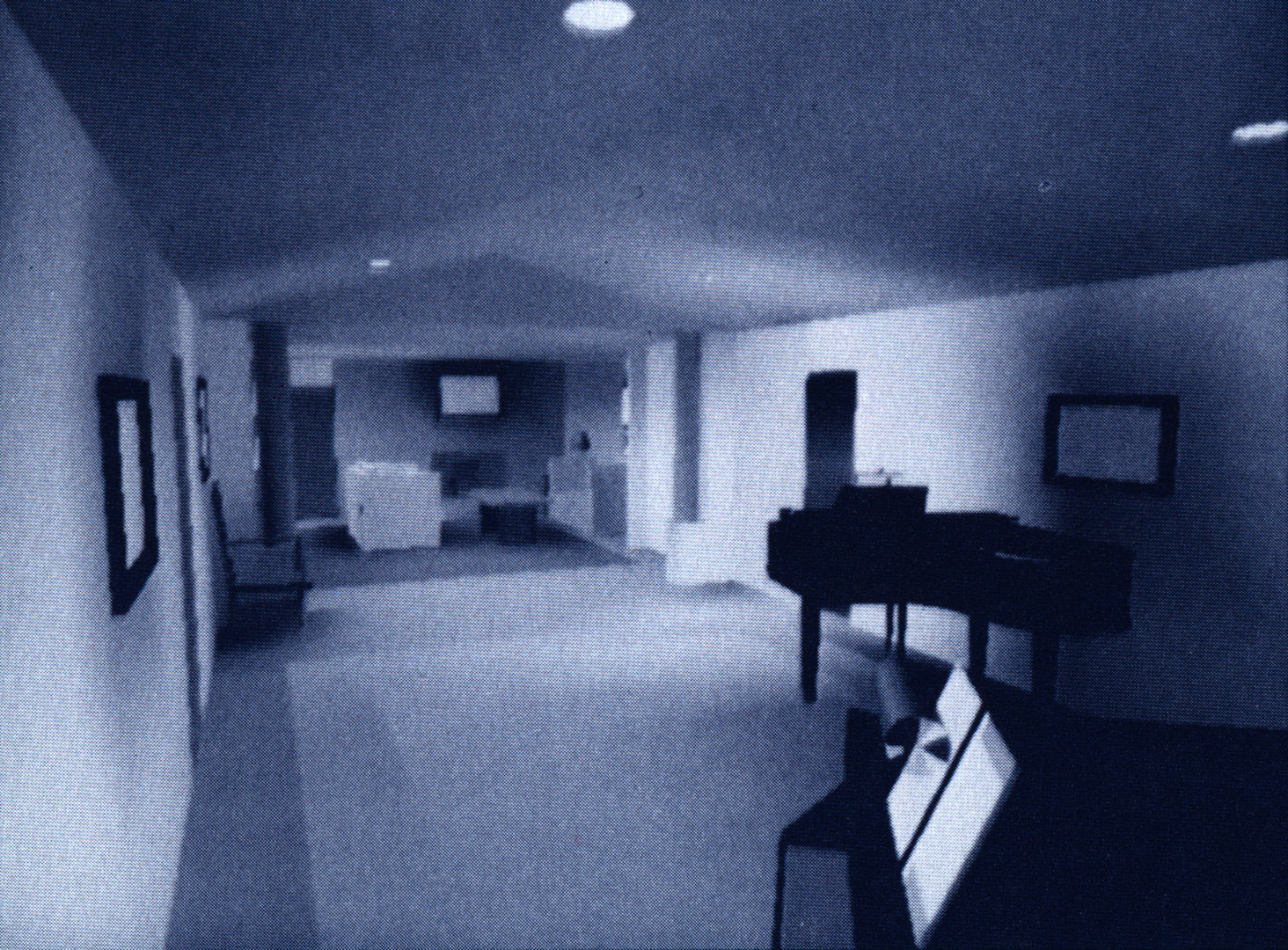“An Interactive Building Walkthrough System” by Brooks Jr. and Fuchs
Notice: Pod Template PHP code has been deprecated, please use WP Templates instead of embedding PHP. has been deprecated since Pods version 2.3 with no alternative available. in /data/siggraph/websites/history/wp-content/plugins/pods/includes/general.php on line 518
Conference:
- SIGGRAPH 1991
-
More from SIGGRAPH 1991:
Notice: Array to string conversion in /data/siggraph/websites/history/wp-content/plugins/siggraph-archive-plugin/src/next_previous/source.php on line 345

Notice: Array to string conversion in /data/siggraph/websites/history/wp-content/plugins/siggraph-archive-plugin/src/next_previous/source.php on line 345

Type(s):
Title:
- An Interactive Building Walkthrough System
Program Title:
- Demonstrations and Displays
Presenter(s): Presenter(s):
Project Affiliation:
- University of North Carolina at Chapel Hill
Description:
Walkthrough is a system that allows architects and their clients to explore a building design prior to its construction, correcting problems on the computer instead of in concrete. Users are able to explore the virtual building as if they were in it, pace out the dimensions of the spaces, see the same room with different lighting levels, and get a feel for what the building will be like when it is built.
There are two separate demonstrations of this application. In the first. a user puts on a head-mounted display, steps onto a treadmill. and walks through a virtual building. Translation speed through the model is governed by how fast the user walks and the length of the user’s stride just as in the real world.
In the other scenario, the user puts on the optical tracker and walks. No other devices are necessary. The range is limited by the ceiling size, and the lag is not so noticeable as in other tracking devices. In a large model, another device, such as a joystick, may be necessary to transport the user from area to area, but within each area the user walks freely.
Walkthrough was developed to explore virtual worlds that can be compared against an eventual real-ity: models of buildings which will be built or are in the process of being built. The critical task is to display the building model fast enough to make motion through the model look real (about 16 frames per second. Walkthrough does this by using Pixel-Planes 5, a fast graphics display engine, and by subdividing the model into small cells, to reduce the number of polygons that have to be clipped and rendered at any given time. A cell is a list of the polygons within a subdivision and a list of polygons visible from the subdivision. In well-partitioned models, we have observed factors of 30 speedup in display over the unpartitioned model. Unhappily, the real world abounds with large open rooms.
The user’s interaction with the building models is currently limited to moving through them and switching lights on and off: the model’s geometry cannot be changed. Changing the geometry of the model necessitates changes in the radiosity solution – a nontrivial calculation.
The user interface should be as transparent as possible to the user. Ideally, interaction with the model should be as easy and intuitive as interacting with the real object. The treadmill is not without limitations. It is too stiff. You can’t go upstairs (you go through them), and using it is much like pushing a shopping cart, but it is similar to the way we interact with the real world. The enlarged range of movement and quick update rate of the optical tracker promise a new level of interactivity, allowing the user to walk around the virtual building unencumbered.
Other Information:
Software: John Alspaugh, Randy Brown, Curtis Hill, Amitabh Varshney, Yulan Wang, Xialin Yuan, Frederick P. Brooks, Jr.
Tracker: Ron Azuma, Brad Bennett, Vernon Chi, Carney Clegg, John Eyles, Stefan Gottschalk, Jack Kite, John Thomas, Mark Ward, Henry Fuchs
Sponsors: National Science Foundation, Defense Advanced Research Projects Agency, Office of Naval Research
Application: Architectural engineering
Type of System: Networked, single-user
Interaction Class: Immersive, inclusive






